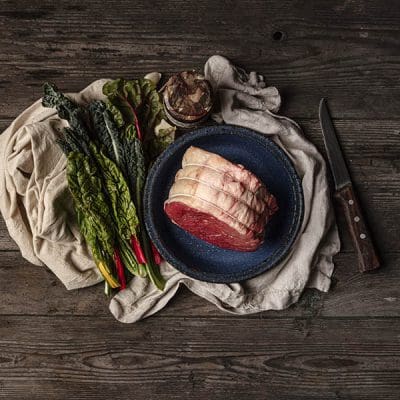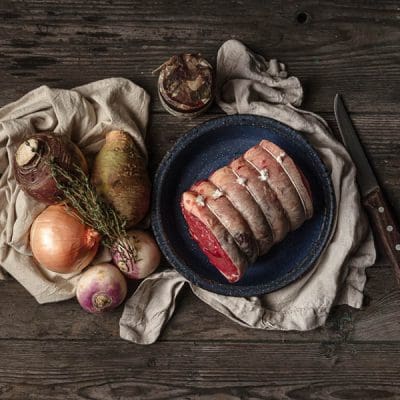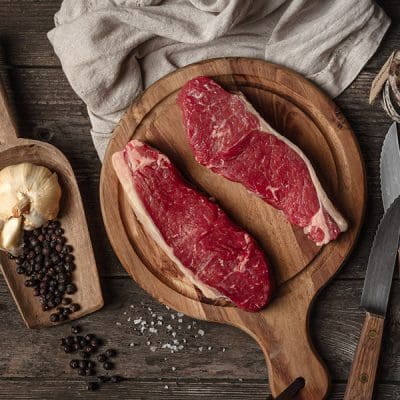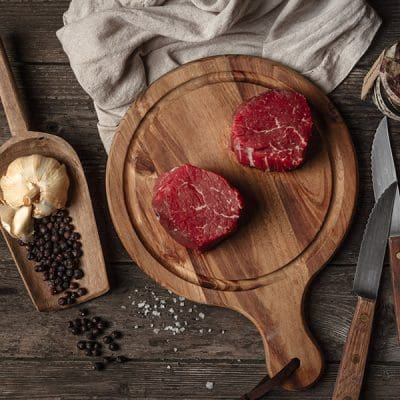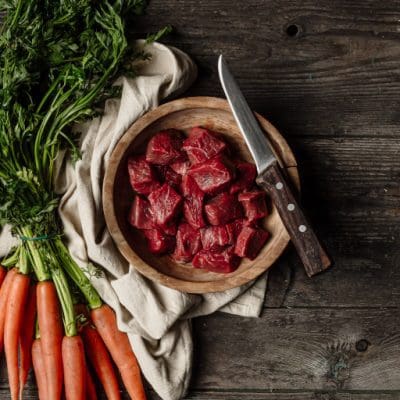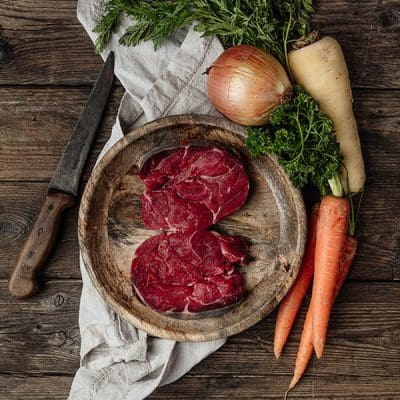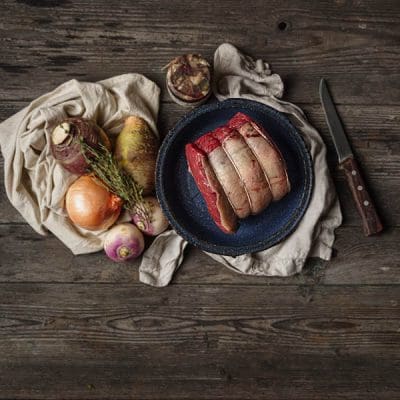
Farm Wilder works in harmony with nature, changing how we farm to benefit the animals, farmers, consumers, wildlife and the natural world.
Keep up-to-date with The Meat Box Company Newsletter
Sign up for our newsletter to get news and special offers in your inbox.

